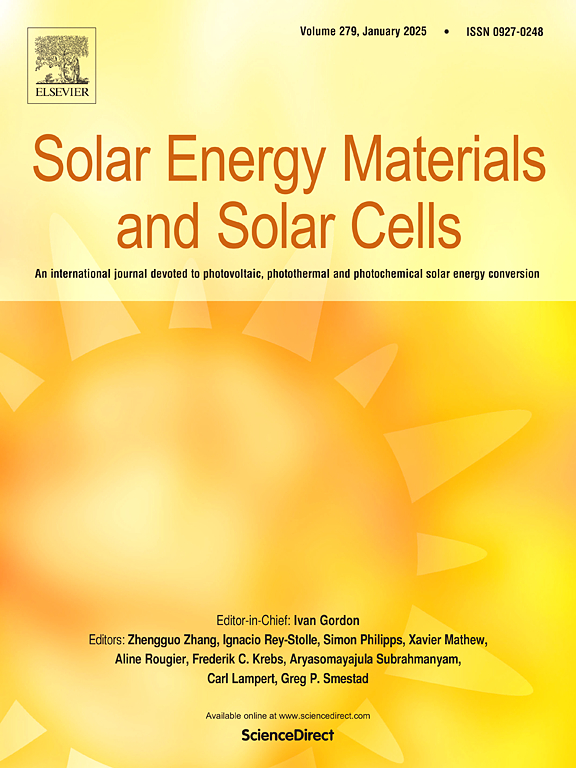Preparation of dark Fe/Mn/Zr-doped CaO-based heat carriers for solar-driven thermochemical energy storage
IF 6.3
2区 材料科学
Q2 ENERGY & FUELS
引用次数: 0
Abstract
Thermochemical energy storage technology exhibits great potential due to its high efficiency, low-cost and widespread availability. Efficient solar energy storage necessitates both a high energy storage performance and optimal direct solar absorption for enhanced performance. However, the density decay due to sintering and weak solar absorption because of light color of CaO-based heat carriers significantly restrict the application of CaL-based energy storage technology. This study aims to synthesize CaO-based heat carriers possessing both high energy storage density and strong solar absorption. Fe/Mn ions and Zr-based supports were individually and simultaneously doped to enhance the cyclic energy storage performance of CaCO3/CaO materials more effectively. The Fe/Mn/Zr triple-doped material (Ca100Fe12Mn6Zr10) exhibited a substantial enhancement in average spectral absorption (reaching 51.42 %), an increase of nearly 5.5 times compared to pure CaO (9.33 %). This enhancement was attributed to the formation of dark Ca2Fe2O5, Ca2MnO4, and Ca4Mn3O10 compounds. Additionally, the formation of CaZrO3, Ca2MnO4, and Ca4Mn3O10, characterized by notable sintering resistance, served as a thermal stabilizer to enhance the cyclic stability. Consequently, the triple-doped CaO-based heat carrier achieved a high density of 1549.04 kJ/kg in the 10th cycle, retaining 97.24 % of its initial value.

求助全文
约1分钟内获得全文
求助全文
来源期刊

Solar Energy Materials and Solar Cells
工程技术-材料科学:综合
CiteScore
12.60
自引率
11.60%
发文量
513
审稿时长
47 days
期刊介绍:
Solar Energy Materials & Solar Cells is intended as a vehicle for the dissemination of research results on materials science and technology related to photovoltaic, photothermal and photoelectrochemical solar energy conversion. Materials science is taken in the broadest possible sense and encompasses physics, chemistry, optics, materials fabrication and analysis for all types of materials.
 求助内容:
求助内容: 应助结果提醒方式:
应助结果提醒方式:


